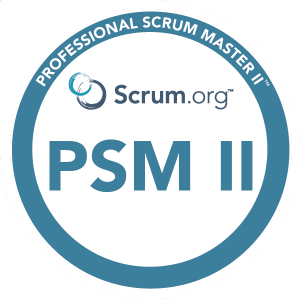What is a Sprint Spike, and When you should Use it
In agile speak, a spike is a special type of user story that is time-boxed for research purposes, a sort of an R&D exercise that is accounted for in sprint planning and capacity. This agile mechanism gives your engineering the opportunity to dive deeper into a problem and address some of the open questions, that […]


